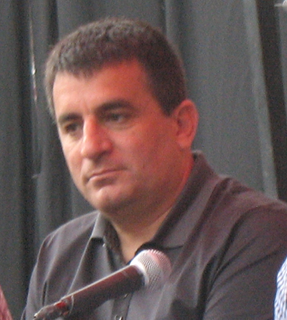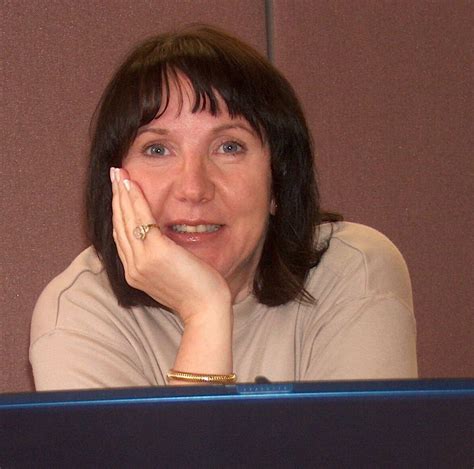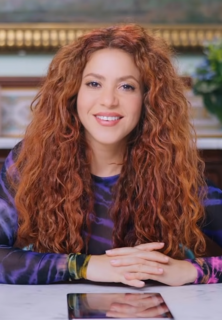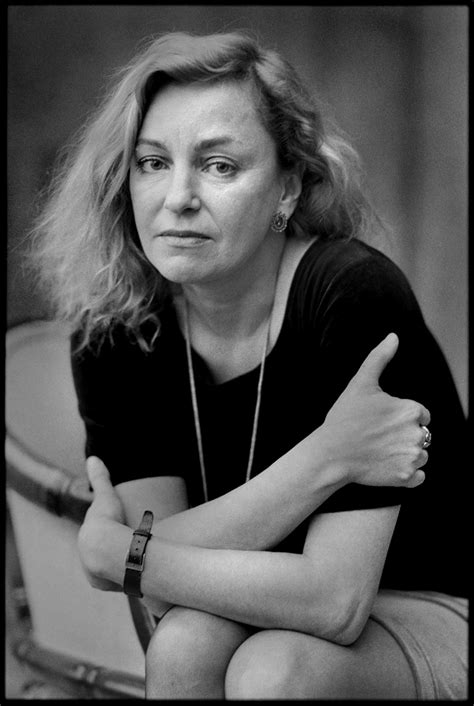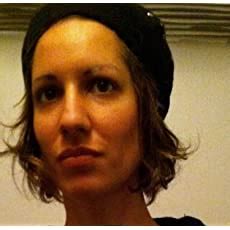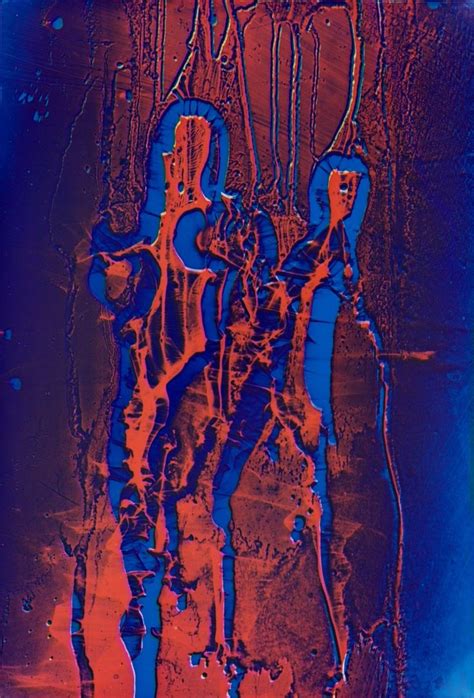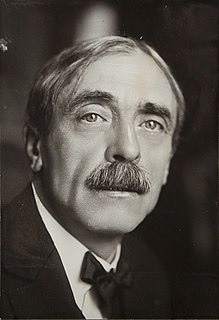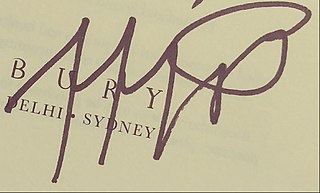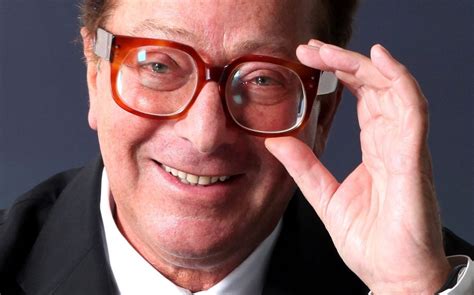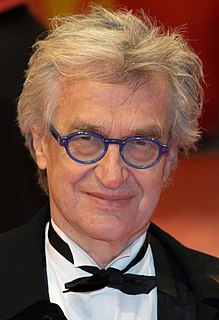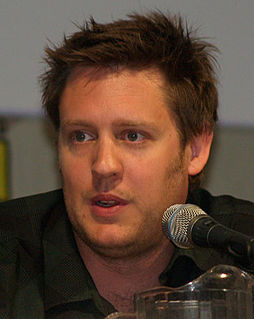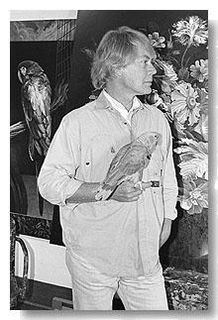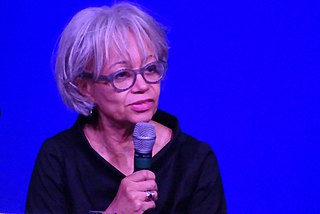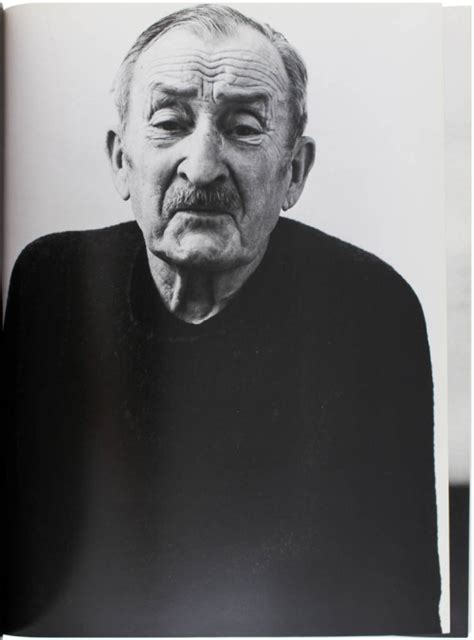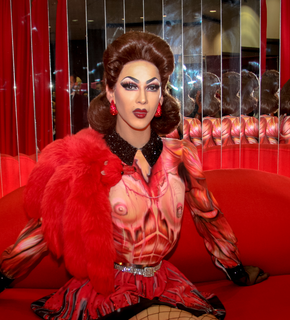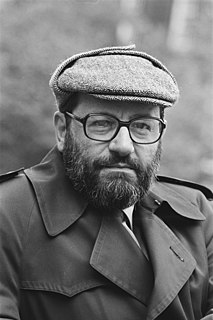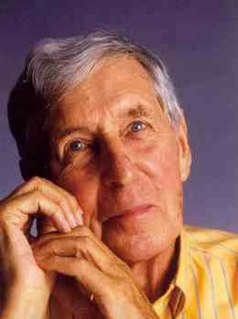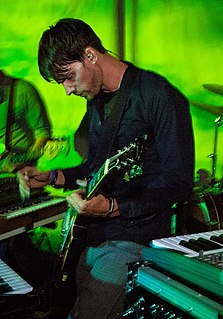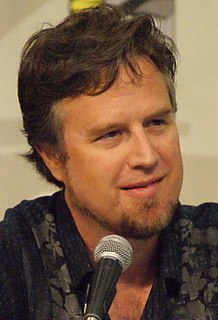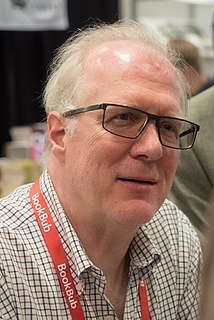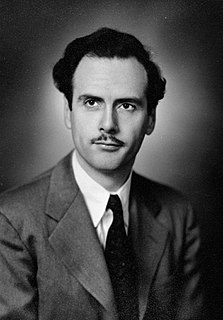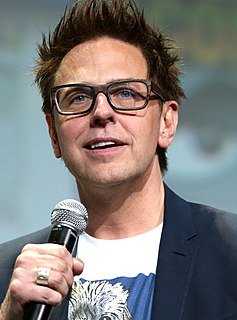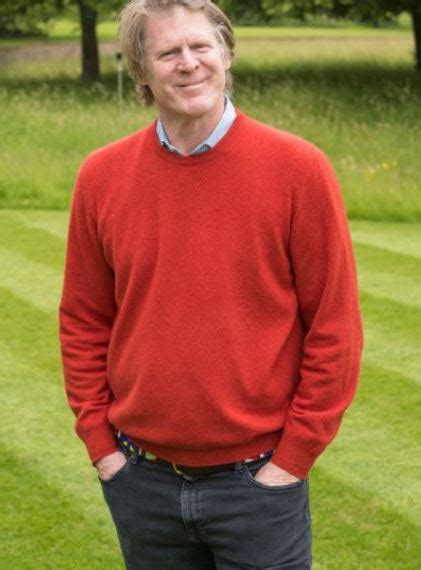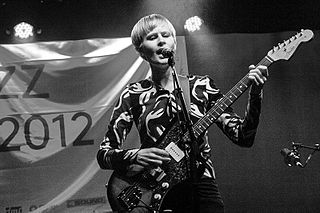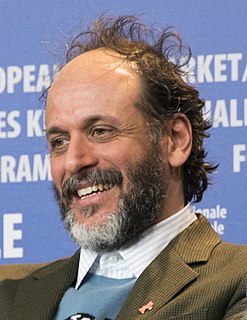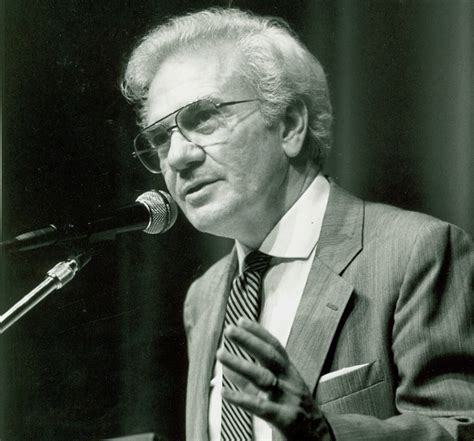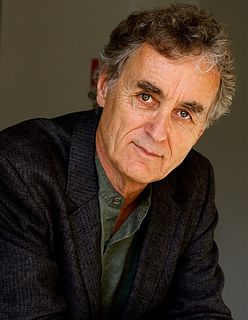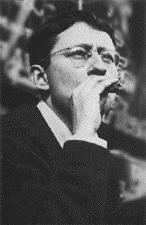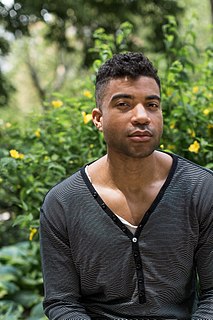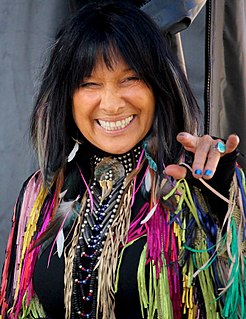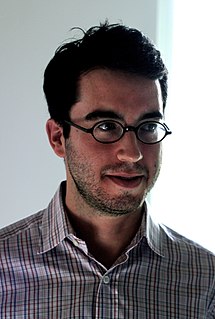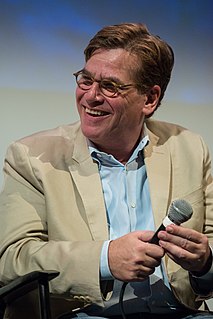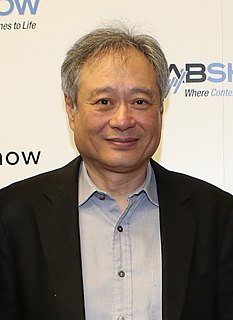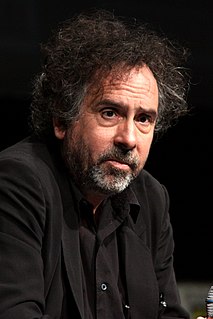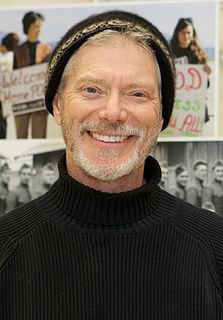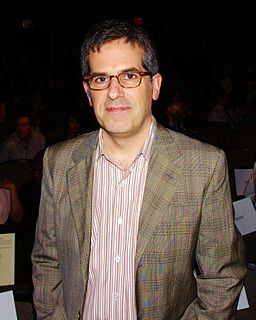Top 1200 Visual Images Quotes & Sayings - Page 2
Explore popular Visual Images quotes.
Last updated on November 5, 2024.
I'm a big fan of fiction film where you have a story and you have to transform that into a visual language, basically working with actors and also transforming that into how you pronounce that in the visual language of the shots, the construction of the shots and the lighting. All of that appealed to me from the beginning of my career at the university. When I graduated from the university, I wanted to deal mainly with that, with the visual aspect of the movie.
Others of them employ outward marks ... They style themselves Gnostics. They also possess images, some of them painted and others formed from different kinds of material. They maintain that a likeness of Christ was made by Pilate at that time when Jesus lived among them. They crown these images, and set them up along with the images of the philosophers of the world, such as Pythagoras, Plato, and Aristotle, and the rest. They have also other modes of honoring these images just like the Gentiles.
Images are no longer what they used to be. They can't be trusted any more. We all know that. You know that. When we grew up, images were telling stories and showing them. Now they're all into selling. They've changed under our very eyes. They don't even know how to do it anymore. They've plain forgotten. Images are selling out the world. And at a big discount.
We’re face to face with images all the time in a way that we never have been before... Young people need to understand that not all images are there to be consumed like fast food and then forgotten – we need to educate them to understand the difference between moving images that engage their humanity and their intelligence, and moving images that are just selling them something.
What I so like about Poussin and Cezanne is their sense of organization. Ilike the way in which they develop space and shape in architecturalcontinuity - the rhythm across their paintings. When I paint a landscape, Iget the greatest pleasure out of composing it. As I paint, I try to work outa visual sonata form or a fugue, with realistic images.
In the law, rights are islands of empowerment. . . . Rights contain images of power, and manipulating those images, either visually or linguistically, is central in the making and maintenance of rights. In principle, therefore, the more dizzyingly diverse the images that are propagated, the more empowered we will be as a society.
Computer images, like camera images today, will be seen as representations of a simulated, second-degree reality with little or no connection to the unmediated world. This is one lesson we can learn from photographs, and especially from those of the last 25 years: images exist not to be believed, but to be interrogated.
The advice I would give to any photographer - young, old or in-between - is to explore anything visual because this is, after all, how you express your artistry. Look at paintings, movies, drawings, sculptures - look at anything visual and try to integrate that into your visual sense. After that, go out and take pictures and keep on taking pictures!
The images are visual, auditory, olfactory, kinesthetic. They aren't laid down on the same tracks as thought. And sometimes, when they return to you, it is as if you feel them for the very first time. Memory lives on in the details, like the color of a room, a tone of a voice, the touch of a child, the smell of a man.
Time is of the essence, particularly if we're sending images out on social media. The reality is that the majority of images are only viewed for a few seconds, often on a phone or computer. There are so many images freely available that it takes a lot of will power to concentrate and prolong the gaze on one picture at the expense of the thousands of others waiting to be viewed!
Around the time I began starving, in the early eighties, the visual image had begun to supplant text as culture's primary mode of communication, a radical change because images work so differently than words: They're immediate, they hit you at levels way beneath intellect, they come fast and furious.
Hundreds of years ago, Indian artists created visual images of dancing Shivas in a beautiful series of bronzes. In our time, physicists have used the most advanced technology to portray the patterns of the cosmic dance. The metaphor of the cosmic dance thus unifies ancient mythology, religious art and modern physics.
Making photographs that dealt with the understanding of who I am as a gay man and dealt with the process of accepting that, and also accepting what I'm into sexually, what sexually arouses me. So I was making these images not necessarily knowing what they were about, but just putting it out there - that mode of thinking or consideration of my own desires, and also the much larger conversation around images that deal with ideas of sexuality and how those images are distributed and then accepted or understood by whoever is viewing those images.
I think a bigger difference with social media is going to be things like the impact Instagram will have for historians. For the longest time, we had no images of the past. And then when we had the advent of the camera, we had a record of the things people chose to photograph, which, for a while, were portraits of your family, a new building we built, or a really big horse. Well now we have images of everything. That will be the biggest difference I think - that we will have a visual record of this reality in a way that will be completely covered.
The visual is sorely undervalued in modern scholarship. Art history has attained only a fraction of the conceptual sophistication of literary criticism. Drunk with self-love, criticism has hugely overestimated the centrality of language to western culture. It has failed to see the electrifying sign language of images.
Even with an improperly ground mirror, the Hubble delivered extraordinary images. When the flaw was corrected, the Hubble delivered images of transcendent beauty and value for many years. So too 'Terra Nova.' Even in its flawed first season, each episode was full of marvelous moments and beautiful images.
